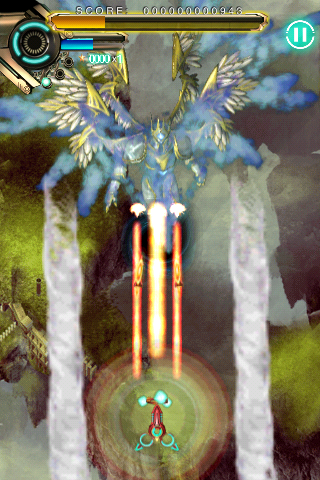

See Teleportation Tropes for many sub-tropes.Īll teleportation that is described can be split into Stealthy, for no effects, and Flashy Teleportation, for having effects such as flashes of light or vacuum booms.

This function is so common it's counted as a kill by the arriving party, and can be a strategic maneuver.Ĭompare and contrast Flash Step, which only looks like teleportation but is actually Super Speed.

If A is standing on the target, and B teleports in to A's location, A is killed. To solve that problem, the "last one standing" rule was implemented. Or sometimes a Non-Player Character was occupying the target, making the game unwinnable. That allowed other players to block the game by standing on the teleportation target. In some cases, making its use necessary to complete the game. On a related note, video games, especially those with a science fiction theme, have embraced teleportation as a means to cross large distances or to segregate parts of the game. Used to transport characters through different locations as they fight or chase each other, it's Fighting Across Time and Space. Used offensively to kill or incapacitate, it's Weaponized Teleportation. See also Twinmaker when used as a teleporter, a teleporter that analyzes the contents of one booth, sends a description to the other, creates a clone there and destroys the original, a.k.a the Sub-Trope, Destructive Teleportation.ĭue to the above, teleportation in modern works often works by warping space somehow, or passing through Another Dimension. This issue was explored rather bleakly in the James Patrick Kelly story "Think Like a Dinosaur" (later adapted into an episode of The Outer Limits (1995)). It also raises some hairy metaphysical questions as well, regarding just what happens to you when you step into the thing, and who exactly emerges at the other end. Naturally, Trek transporters are supplied with "Heisenberg compensators." When asked how these work, Trek technical consultant Michael Okuda quipped, "They work very well, thank you." note One of the numerous problems with it is Heisenberg's uncertainty principle, which puts limits on the accuracy with which the speed and position of a particle, let alone quadrillions of them, can be identified. This puts it among the crown jewels of Weird Science. The Star Trek-style turn-you-into-energy-and-back-again transporter is perhaps the single most physically impossible piece of Phlebotinum in all of Science Fiction, for a large number of different reasons, including enormous temperature and data storage requirements, computational time (many times the age of the universe), massive energy output (more energy than is available in the entire universe), and unachievable transmission focusing resolution (all explained by physicist Lawrence Krauss in The Physics of Star Trek). Non-technological teleportation accomplished by psychic power is often called "Jaunting", after Alfred Bester's science fiction classic, The Stars My Destination. The ability to accomplish the same thing without technological means also crops up from time to time, either by "magic", or as a kind of superpower. (See: Plot-Sensitive Items, Phlebotinum Breakdown, and Teleporter Accident.) This technology has the potential to short-circuit the drama of a story, so all examples have limitations built in to cause the transporter/teleporter/ disintegrator/whateverator to fail whenever it is needed most. You still need a Cool Starship to get between stars. With very few exceptions ( The Tomorrow People (1973), Stargate SG-1), such devices are capable only of comparatively short-range transport. However, years later, Gene Roddenberry admitted they could have just handled things with a jump-cut between "Launch a shuttle!" and "Here we are on the surface.", as evidenced in Gene Roddenberry's Andromeda, where they don't generally have transporters, but do have very fast, rarely seen shuttles. Star Trek only has them because the cost of landing craft effects proved to be too much for the budget of the original series. There is also the question of whether the effect is technological or inherent to an individual if it's some manner of device, expect it to break down at plot-critical moments.Ĭonsiderably cheaper than a shuttlecraft, from a special effects point of view. There are several ways this can be managed, from dematerialization/rematerialization, wormholes, bending space, and other more exotic means. Disappearing from one location and reappearing in another.


 0 kommentar(er)
0 kommentar(er)
